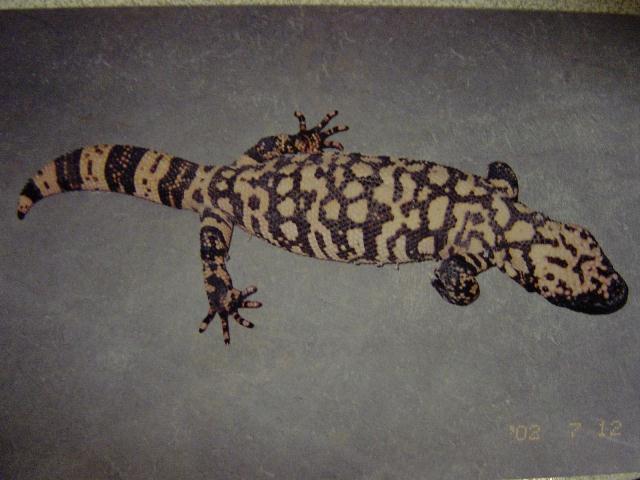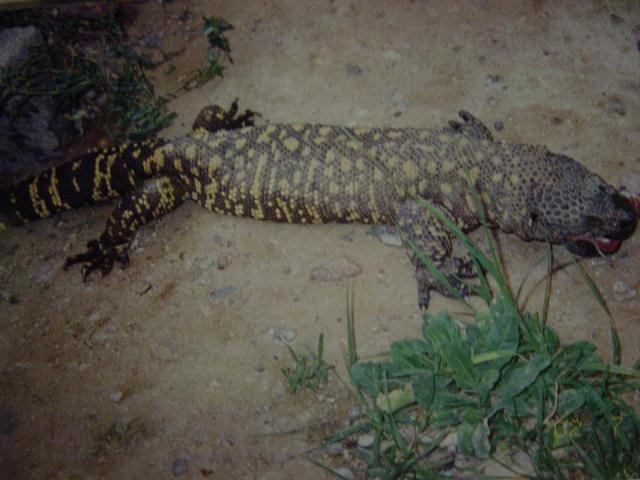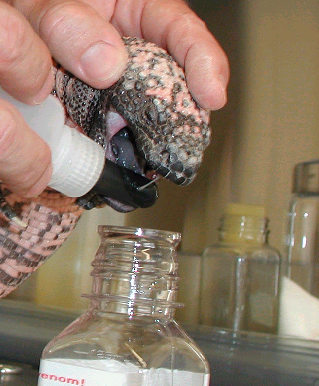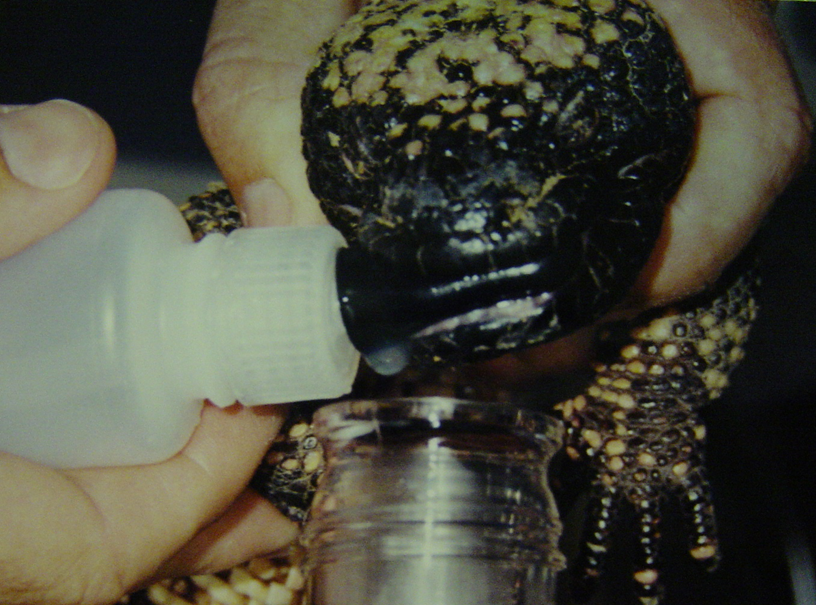Source:
Venoms and toxins of natural origins have long bewitched humankind as a result of their pharmacological effects. Since ancient times, people have used various materials from nature to improve their health and cure their illnesses. Substances were derived from flora, fauna and mineral sources located both in people’s immediate surroundings and also in remote areas. The biological warfare has been going on in the immediate surroundings and remote areas for millions of years as each organism living there has fought for its survival. Modern biologists believed that we could put that biological weaponry to use for the good of humankind in the ultimate defeat of diseases which have thus far remained intractable. They used the large diversity and selectivity of many natural toxins to investigate the molecular mechanisms of physiological functions that they disrupt. This is one of the paradoxes of modern biology — it advances in an anti-physiological manner; understanding of a biological function is often gained through experiments that are devised to block functions or mechanisms.
Gila monster (Figure 1) and Mexican beaded lizard (Figure 2) are two distinct species, and belong to the Family of Helodermatidae. Until recently, Gila monster and Mexican beaded lizard were thought to be the only two venomous lizards in the world. They have figured largely in folklore and myth, representing evil, death or power to various Native American residents of Mexico and the Southwest United States. From their drawling movements to the viciousness of their defence bite and the devilry of their venom, helodermatid lizards have never failed to fascinate and terrify and their capabilities in biochemical warfare have always commanded respect. Helodermatid venoms are complex mixtures of many bioactive molecules such as toxins, proteins and peptides that effectively immobilise invaders. The toxic nature is probably not due to just one fraction of the venom, but rather, due to the complex biochemical, pharmacological and physiological interaction of all the components.
Over the last few decades, the venom of Gila monster and Mexican beaded lizard have been the object of much research, particularly that directed towards the discovery of novel agents, which may have applications in clinical therapy. However, the US and Mexican governments have listed them as CITES Appendix II / EU Annex B designate, and put a commercial ban on any sell or export of helodermatid lizards and their venom. Most of the venom research on Heloderma species has been stopped due to the fact that the proteomic and genomic research on helodermatid venom requires animal sacrifice or surgical removal of the lizards’ venom glands, and acquiring venom for research is also problematic.
With a great team effort and many trials and errors, my research group and our collaborator at the world-renowned Arizona-Sonora Desert Museum in the US have jointly reported a simple modified technique for the successful venom acquisition from helodermatid lizards that is harmless to the protected lizards (Figure 3). This report has significantly contributed to the field of lizard venom research since Arrington in 1930 explored a first published method on helodermatid venom extraction. Through proteomic and genomic approaches, purification and characterisation of crude venom from Gila monster and Mexican beaded lizard paved the way for the discovery of a hitherto undiscovered peptide — Helokinestatin. The two identical sequences of isolated Helokinestatin from Gila monster and Mexican beaded lizard probably explain the similar biological actions in both species and also suggest that Helokinestatin evolved from the same ancestral lizard venom peptide or minor evolutionary changes from an ancestor. The biological activity for Helokinestatin also gave us valuable insights and information and avenues to pursue that may lead to the production of lead components for possible therapeutic agents. The role of Helokinestatin as the bradykinin B2 receptor inhibitor peptide supplements the overall toxic effect of the helodermatid venoms. The mechanism of action, once fully understood, could possibly be used in the production of bradykinin antagonists in the management of conditions associated with anti-inflammatory for cancer and rheumatoid arthritis therapies. Nevertheless, the elucidation of venom components and their activity is a valuable resource in itself.
Nowadays, the most famous and commonly known therapeutic agents isolated from helodermatid venoms are the exendin peptides in the treatment of diabetes. The lead compounds for this drug were discovered from exendin-3 and exendin-4 of Mexican beaded lizard and Gila monster. In this regard, mammalian localisation and genetic data of these peptides is of some interest. Whereas canine salivary glands are reported to contain exendin-like immunoreactivity, researchers were unable to detect exendin immunoreactivity in human salivary tissue. Anatomic dissection of helodermatid lizards would be very helpful in determining the distribution of these peptides within venom glands, as well as cloning of the genes coding for these peptides. However, as I mentioned earlier, current restrictions on access to these CITES Appendix II protected and endangered species in the US and Mexico delay further clarification of these issues. In order to overcome this issue, my research team thus attempted to obtain this information by a novel and highly-speculative route — cloning from the crude venom itself — essentially using the venom as a surrogate venom gland tissue for this purpose. The process worked extremely well. We successfully cloned exendin-4 from Gila monster and also obtained the first genetic data on exendin-3 and their precursor from Mexican beaded lizard without sacrifice of endangered herprtofauna. We showed that successful cDNA cloning could be achieved from lyophilised venom stored in a freezer for more than a year. Despite each of these preparations having been either taken or stored under what would be considered to be sub-optimal conditions, polyadenylated mRNA for the venom proteins was recovered in a form that facilitated RT-PCR and the genetic data generated by this technique could be useful for scientific and therapeutic purposes. In our laboratory, we have also found that incubation of RT-PCR products with synthetic amphipathic peptides produces the gel retardation effect as demonstrated here with crude venom. We conclude that nucleic acid (mRNA) protection in reptile venom is afforded by such as yet unidentified components and that the procedure employed in this study effectively unmasks the transcriptome of the venom gland. Following from this original discovery, we extended these studies to isolate genomic DNA from the helodermatid venom. The novel partial 12S rRNA gene for Mexican beaded lizard was successfully cloned from its lyophilised venom. This study is the first reported where a single sample of reptile venom has been shown to contain the animal’s genome in addition to the venom gland proteome and transcriptome. Such findings offer a rapid, non-lethal and non-invasive approach to obtaining molecular data in a manner that does not compromise scientific robustness and that, additionally, offers the possibility of performing and serially-repeating such studies on the same individual endangered specimens.
The field of venom-based peptide discovery approach is of interest to the pharmaceutical industry as a number of biotechnology companies have already recognised the enormous potential inherent in peptides derived from many different kinds of animal venom, and have begun to exploit the selectivity and sensitivity fine-tuned by evolution (Table 1). A recent report published in New Scientist claims that venom research has entered the genomics age, turning the once-laborious job of sifting through toxic cocktails for potential cures into a high-throughput process. As a result, venoms have become an obvious source of drugs and have become one of the hottest commodities in pharmaceuticals.
Finally, I hope that the venom-based peptide drug research can also make people aware of the value of our natural environment and its animals. Recent reports suggest that many amphibians and reptiles are undergoing range reduction and extinction, and one of the main reasons is habitat destruction. As the field of venom studies shows, the natural environment and its animals is one of the virtually untapped sources of new pharmacologically active agents; therefore we have the responsibility and immediate need to protect and conserve our powerful natural environment and its animals.
About Author
Dr. Henry Kwok Hang Fai is an assistant professor in the Faculty of Health Sciences, University of Macau. His research interests are mainly in the areas of natural drug discovery including venom-based peptide/protein and antibody therapy for the treatment of diseases such as cancer, diabetes and rheumatoid arthritis.





